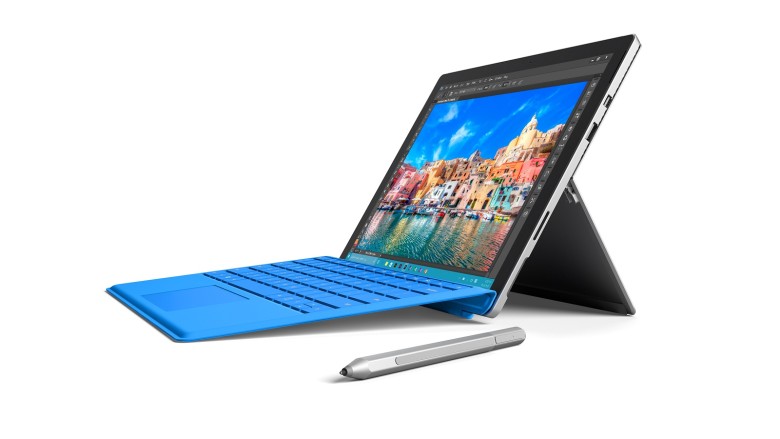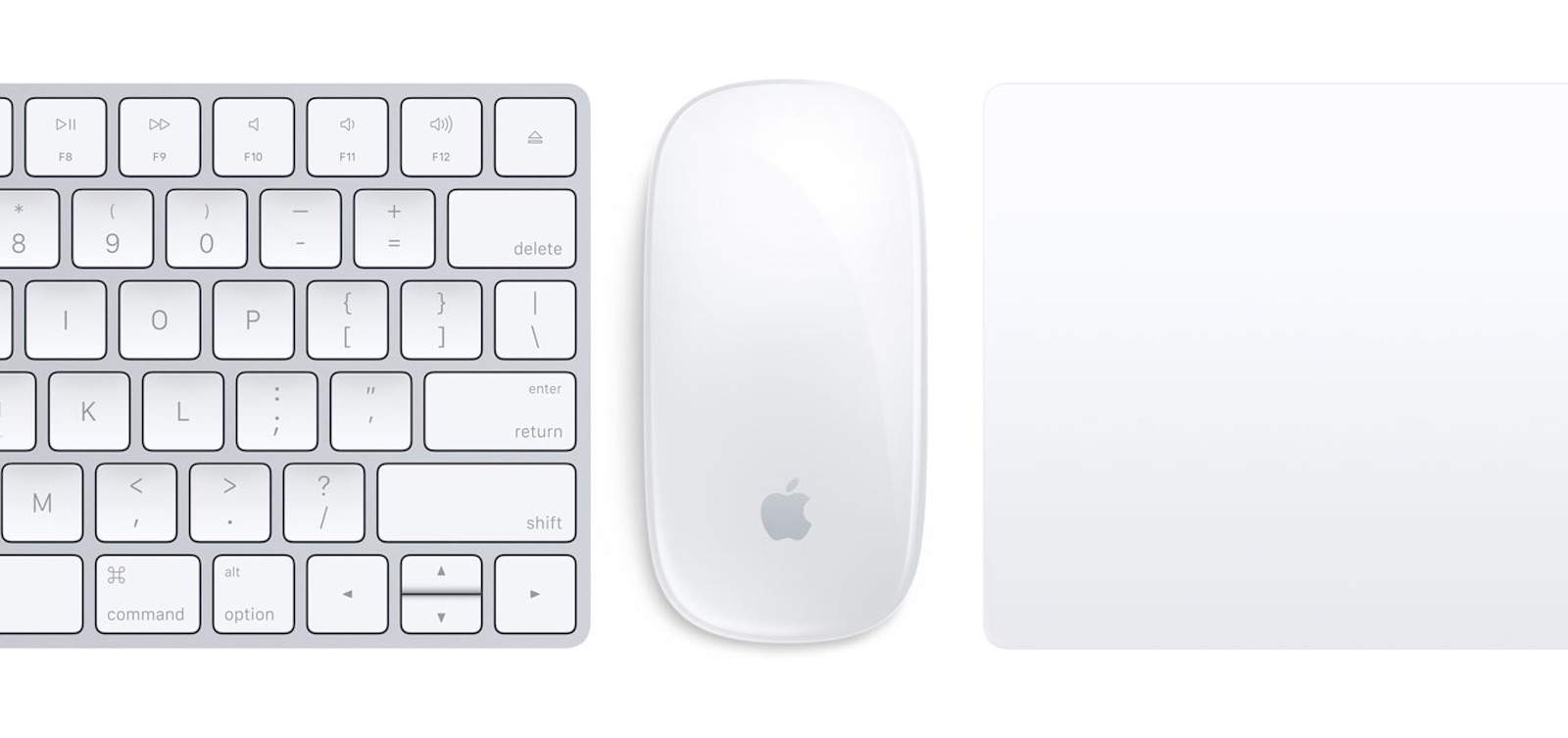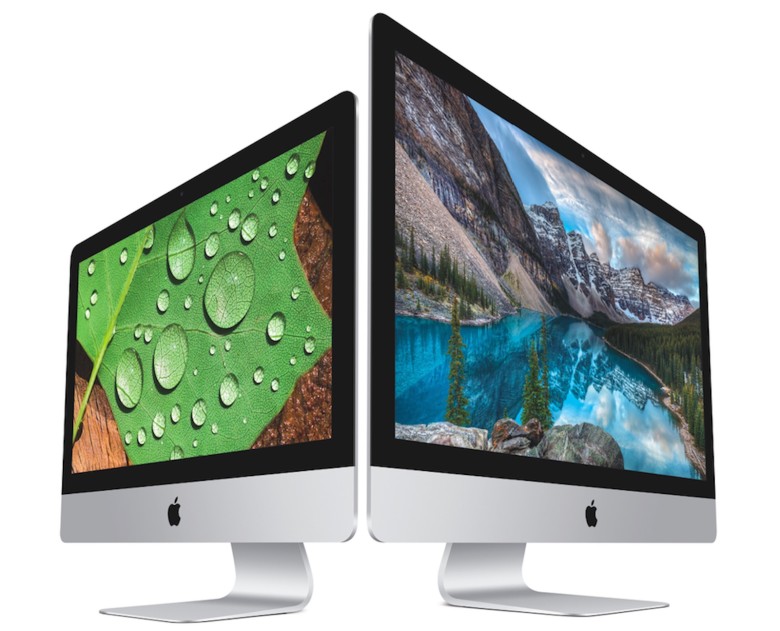Apple’s new Magic Mouse 2 has some new tricks up its sleeve, but according to a behind-the-scenes look into Apple’s Input Design Lab, perfecting the new eco-friendly mouse with a gliding sound that was just right wasn’t as easy as a click.
The top-secret laboratory where Apple designs its Macintosh accessories opened its doors before today’s product launches, revealing all the insane details Cupertino’s hardware wizards obsessed over in the new iMac, Magic Mouse 2, Magic Trackpad 2 and Magic Keyboard.
Everything from the chemicals used in the smaller iMac’s new 4K displays to the size of the keys on the new keyboard got mercilessly scrutinized.
Learn all about the painstaking details that went into the products with these 10 juicy bits from writer Steven Levy’s trip to the lab:
Apple designers hated the sound Magic Mouse 2 made while gliding across a desk:
“It had just changed… kind of… the sound,” Apple VP for Mac Engineering John Ternus told Levy. “They all make a noise — the question is getting a noise we like. It sounded… not right.”
To fix the mouse sound they changed the foot architecture:
“It was a little bit sticky — not in an adhesive sense but it didn’t glide the perfect way we wanted it to glide across the table,” according to Apple’s VP for Ecosystem Products and Technologies, Kate Bergon. “We changed the foot architecture, and it changed the friction characteristics of the sound.”
“When we did the previous mouse we spent so much time dialing those feet, the material, the geometry, everything, so that it sounds good and feels good when you move it on the table,” says John Ternus. “But then you change the mass of the product and you change the resonant frequency of the product and all of a sudden the feet that we loved weren’t great anymore. They weren’t what we wanted.”
Engineers had a bakeoff to find the best new mouse feet:
Ternus explains that the process “involves getting a core group of people from engineering and design together and looking at different samples and saying, ‘Yeah, this is the one, this sounds right!’ And then we go for it.”
The new iMac wants to challenge what a computer can do:
“Its job is to challenge what we think a computer can do and do things that no computer has ever done before, be more and more powerful and capable so that we need a desktop because it’s capable,” says Schiller. “Because if all it’s doing is competing with the notebook and being thinner and lighter, then it doesn’t need to be.”
The iMac’s display has a wider color pallete:
“We’ve given these a wider color gamut. Basically means they have a bigger palette of colors they can display,” says Apple’s Senior Director for Mac Hardware Tom Boger.
Apple had to invent new tech for the new colors on the 4K display:
“Color is a big deal, but [previously] we didn’t have the pieces to do it,” says Ternus. “Eventually we found this path with our LED suppliers that got us everything we wanted without the environmental downside.”
Apple had to create a new way of coding the LEDs to generate high intensity reds and greens that pass through a color filter. The alternative of adopting Quantum dot technology used by rival tech companies was rejected by Apple because it uses the toxic element cadmium.
The new display is really for pros:
“The pros are so tuned to [color palettes], they will see it immediately,” says Apple Mac Product Marketing VP Brian Croll. “The consumer will look at it and say, ‘Gee, I don’t really know why, but it looks better.’”
Microsoft’s new products validate Apple’s approach:

Photo: Microsoft
“It’s amazing that one event validated so much of what Apple does, and held us up as the gold standard,” said Phil Schiller. “And that’s flattering.”
Apple will never put a touchscreen on the iMac
“From the ergonomic standpoint we have studied this pretty extensively and we believe that on a desktop scenario where you have a fixed keyboard, having to reach up to do touch interfaces is uncomfortable,” says Schiller.
The new keyboard is smaller, but has bigger keys
“We did a lot of development early on and probably went down a path that was more extreme than it needed to be, so we backed up a little bit,” says Kate Bergeron. “We made the surface area as much of the keys as you can, and minimized the border around that keyboard to take up as little space on the desktop as possible. It weighs less than the one before, and it maintains rigidity.”



